Burnout, blind spots, and ballooning costs are not inevitable in security operations. You may have heard the term ‘unified security’ a lot before, but what does it really mean? And why does it hold the key to relieving the strain on tools, teams, and budgets?
The cybersecurity industry loves phrases like “unified operations” and “single pane of glass”. Too often, it means “we integrated a few more tools”.
Unified security operations goes further than tidy plumbing.
It builds an environment where data flows cleanly, alerts keep their context, and experts spend time on judgement and response. The platform connects signals. Analysts investigate and act. Expertise is amplified, not buried.
All well and good, but…
Is unified security really something we need to ‘bang on about?’
To answer that, we need to first look at the forces pressing down on security teams in the modern workplace.
Fragmented operations put security and staff under strain
Faced with these pressures we often find security teams under almost unbearable strain that a fragmented approach is unable to cope with.
About two thirds of UK mid-market teams run three or more security platforms.
Endpoint alerts in one dashboard. Identity warnings in another. Phishing in a mailbox. Cloud telemetry in a console rarely checked.
Multiple queues. Multiple rules. Fragmented truth. One incident shows up in several places while context goes missing.
Good news for attackers.
We’ve said it before: siloed defences create gaps attackers exploit.
Console hopping, hand-built timelines, and false positives burn hours. MTTD and MTTR suffer. Costs rise.
68% of cybersecurity professionals in Europe report burnout, with alert overload and staff shortages cited as the leading causes.
On the front line it’s exhausting. Burnout slows response and drives mistakes. Adversaries pile on to tip teams over.
Talent walks at a time of acute skills shortage. Strain the human element and resilience drops across the operation. Disconnected tools don’t just waste time. They weaken every touchpoint.


Free Guide
The Ultimate Guide to Microsoft Security
The most comprehensive guide to Microsoft Security. Over 50 pages. Microsoft licensing and pricing simplified.
Discover technologies that:
- Detect and disrupt advanced attacks at machine-speed
- Tap into the world’s largest threat intelligence network
- Protect identities, devices, and data with ease
Setting the tone for a shift to unified security
While that can all sound a little grim, the solution to overcome all this is out there and, importantly, within reach of pretty much every organisation.
At its core unified security operations means removing technology and team silos and establishing a defensive platform that reflects buyer economics, overcomes operational challenges, and matches up to modern attack vectors.
Look at how Microsoft are unifying security information and event management (SIEM) and extended detection and response (XDR) with Sentinel’s migration to the Defender portal. A single place for incidents, hunting, investigation, and response; all fed by high-fidelity telemetry from across the Microsoft estate.
But technology transformation like this is only part of the story. Without the people and processes aligned to it, you continue to run the risk of missed alerts, overworked teams, and escalating costs.
Which is why the market is turning ever more towards managed partnerships with security specialists.
Turning unification into outcomes
At Kocho, our managed SOC service embraces the idea of unified security operations that’s based around tangible benefits for every stakeholder in the organisation.
This means taking Microsoft’s single platform as the foundation, combining AI-assisted technology with the expertise and processes that bring clarity, cost-effectiveness, and rapid protection.
Relieving pressure from overworked teams while delivering commercial and operational reality checks that reach all the way up to board level.
In practice, this looks like:
The outcome is straightforward: unified operations deliver enterprise-grade protection at a scale and cost mid-sized organisations can sustain. It’s about building resilience that lasts, not scrambling from one incident to the next.
The strategic imperative
The direction of travel is clear. Microsoft is collapsing its stack. Attackers are accelerating. Regulators and insurers are tightening requirements. Fragmentation is not sustainable.
Unified security operations give organisations a structural advantage: turning Microsoft’s scale, AI, and telemetry into protection that is both affordable and effective.
For IT leaders, it means relief from console-hopping and alert fatigue. For boards, it means evidence of resilience and ROI. For the business, it means security that protects not just systems, but trust, revenue, and reputation.
The imperative is clear: unify, simplify, and strengthen. The sooner that shift happens, the sooner security becomes not just a line item, but a long-term source of resilience and confidence.
Key takeaways
- Fragmented tools drain people, money, and resilience while giving attackers easy openings
- AI-driven threats, compliance demands, and insurance pressures make 24/7 unified defence non-negotiable
- Microsoft’s collapsing stack shows the direction of travel with SIEM, XDR, and AI integrated in one portal
- True unification needs people and process alignment, not just technology consolidation
- Managed SOC partnerships turn unification into faster detection, sharper response, and clear board-level reporting
- Unified security operations deliver lasting resilience at a cost and scale mid-sized organisations can actually sustain
At Kocho we deliver unified security operations that drives risk resilience, efficiency, and cost effectiveness to our clients. If you’re looking at outsourcing your security operations or reviewing your current provider options, please get in touch and ask about the award-winning Managed XDR Rapid service.


Free Guide
The Ultimate Guide to Microsoft Security
The most comprehensive guide to Microsoft Security. Over 50 pages. Microsoft licensing and pricing simplified.
Discover technologies that:
- Detect and disrupt advanced attacks at machine-speed
- Tap into the world’s largest threat intelligence network
- Protect identities, devices, and data with ease

Great emails start here
Sign up for free resources and exclusive invites
Subscribe to the Kocho mailing list if you want:
- Demos of the latest Microsoft tech
- Invites to exclusive events and webinars
- Resources that make your job easier
Great managed security resources

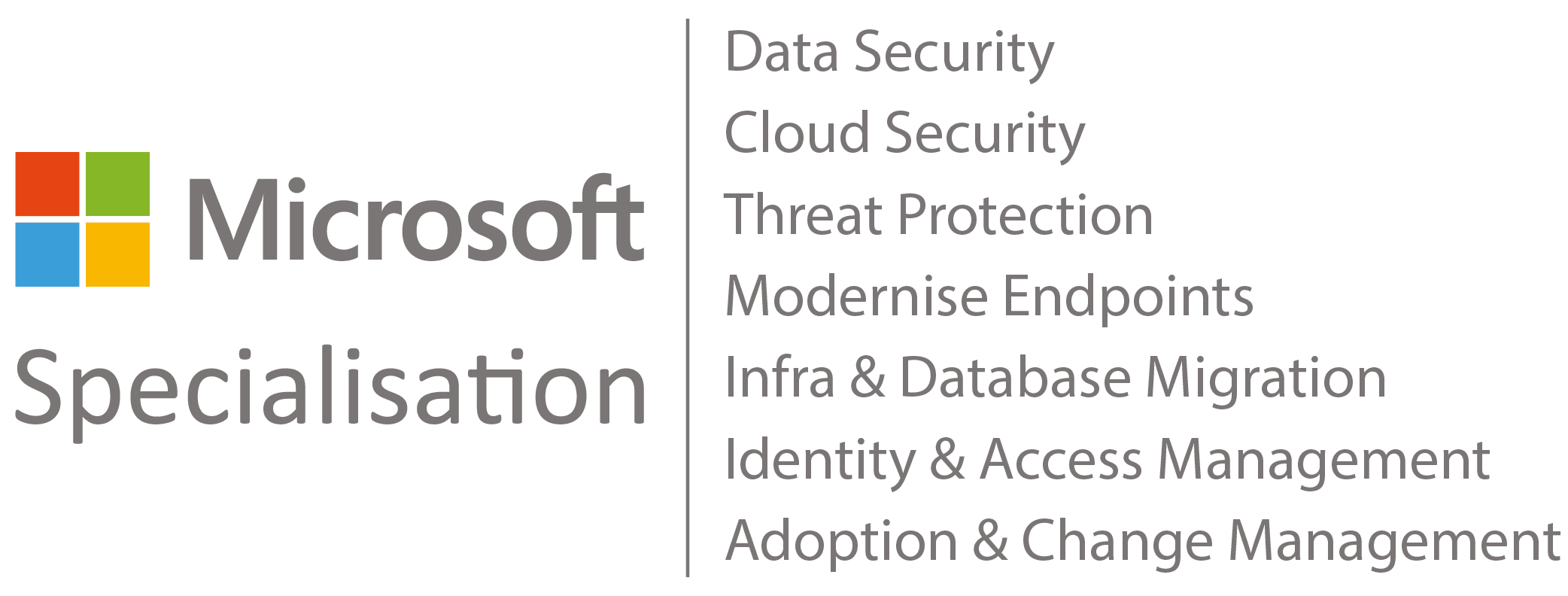

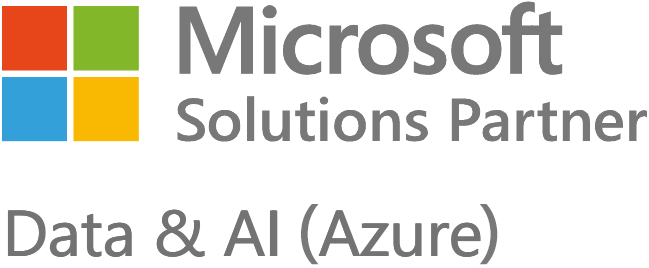
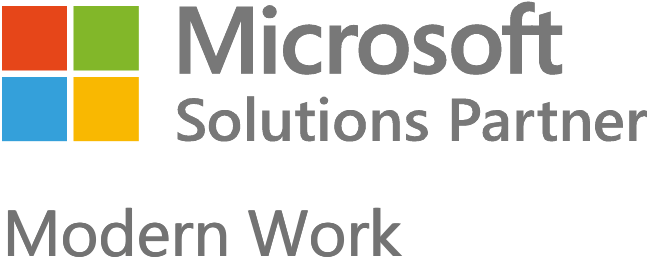
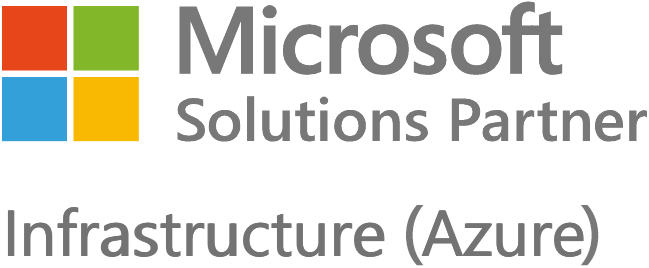

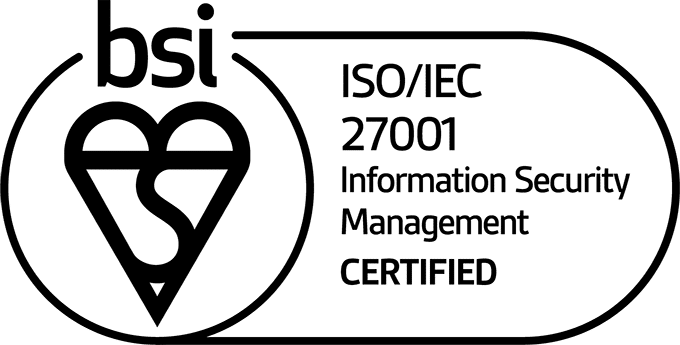
















Got a question? Need more information?
Our expert team is here to help.







